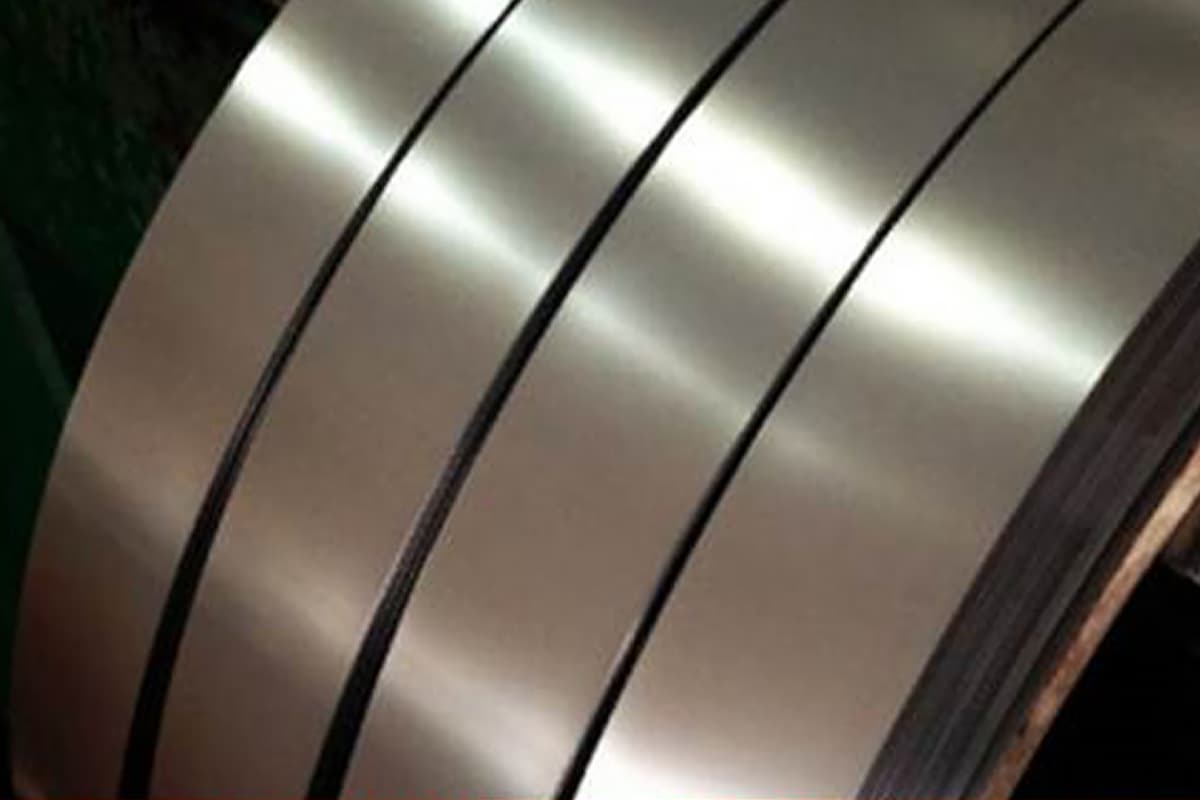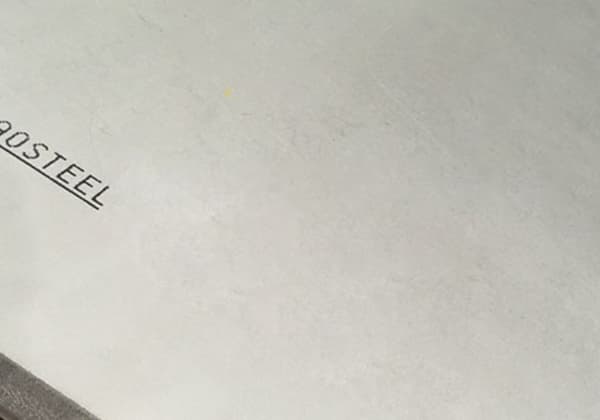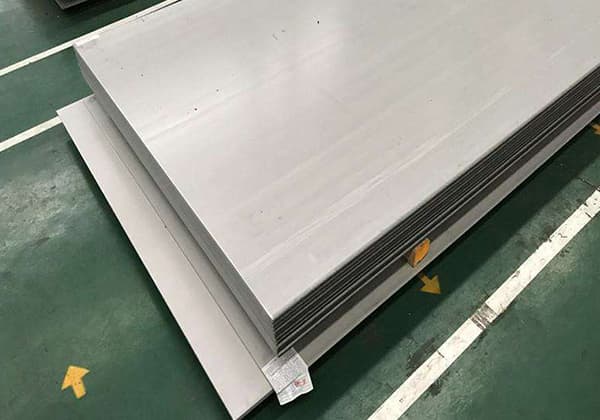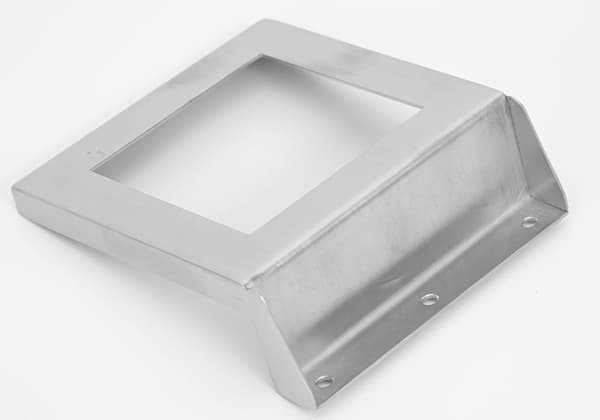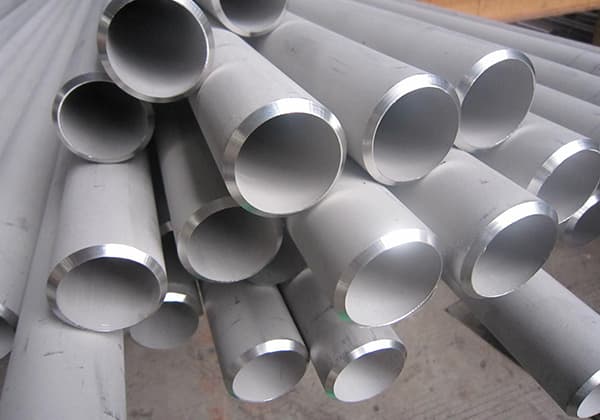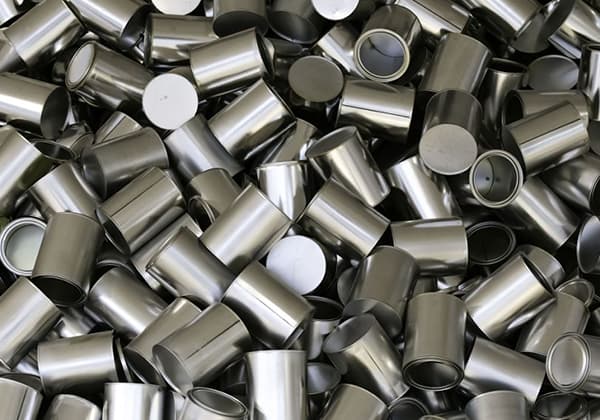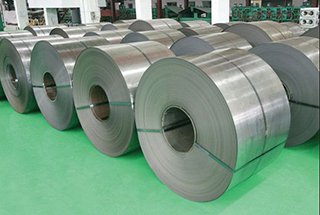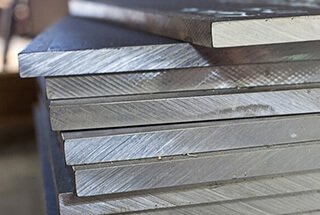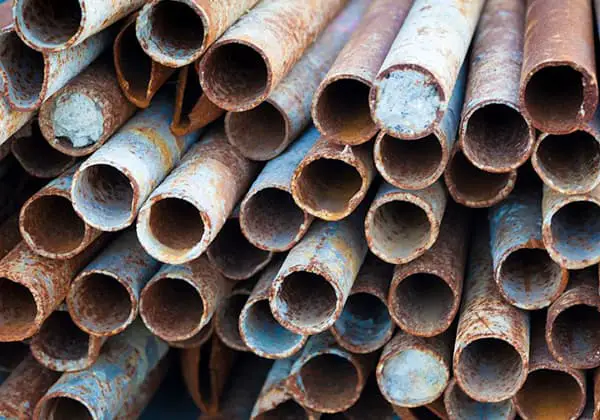
Have you ever wondered why 304 stainless steel is a go-to choice in various industries? This article explores the different types of 304 stainless steel, highlighting their unique properties and applications. By examining the chemical compositions and specific uses of each type, you’ll gain a comprehensive understanding of why 304 stainless steel stands out for its versatility and reliability. Dive in to discover how this material can meet your diverse engineering needs.
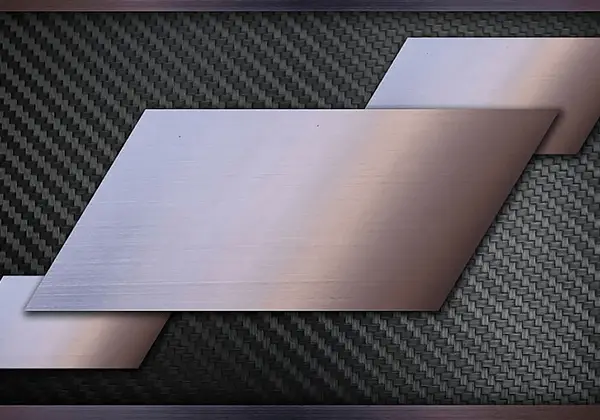
304 stainless steel is a common material in the stainless steel industry with a density of 7.93 g/cm³. It is also referred to as 18/8 stainless steel, indicating that it contains more than 18% chromium and over 8% nickel. This material has high temperature resistance of up to 800 ℃, excellent processing performance, and high toughness, and is widely used in various industries such as furniture decoration, food and medical industries.
However, it’s important to note that food-grade 304 stainless steel has stricter content index requirements compared to regular 304 stainless steel. For instance, 304 stainless steel is typically defined globally as having 18% to 20% chromium and 8% to 10% nickel, while food-grade 304 stainless steel must contain 18% chromium and 8% nickel, with permissible fluctuations within a limited range and limited amounts of heavy metals. This means that not all 304 stainless steel is food grade.
In the market, 304 stainless steel is commonly marked as 06Cr19Ni10 and SUS304. 06Cr19Ni10 generally refers to national standard production, 304 refers to American ASTM standard production, and SUS 304 refers to Japanese standard production.
304 stainless steel is a versatile material, widely used to manufacture equipment and parts that require good overall performance, such as corrosion resistance and formability. In order to maintain its inherent corrosion resistance, the steel must contain a minimum of 18% chromium and 8% nickel.
304 stainless steel is a grade of stainless steel produced according to American ASTM standards.
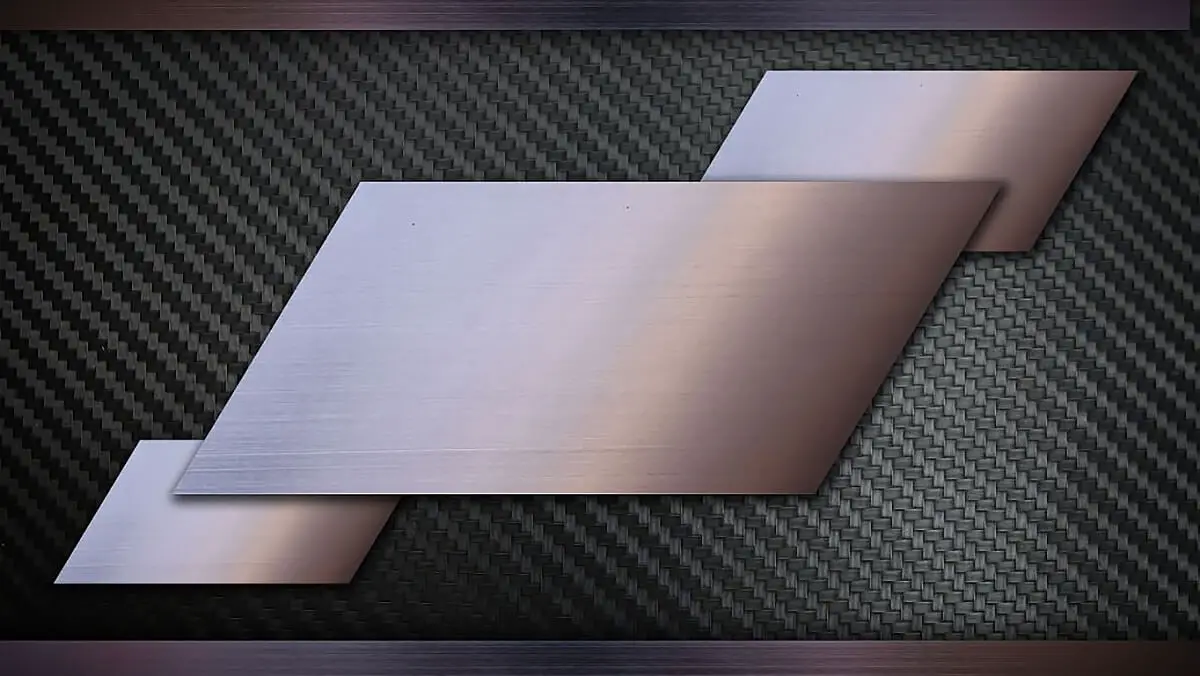
304 stainless steel is an alloy made up of iron, chromium, carbon, and other elements. Iron is the primary component, and chromium is the primary alloy element.
In order for stainless steel to be considered as such, the chromium content must be at least 11%, as without this minimum chromium content, the surface of the stainless steel will not be able to form a dense chromium oxide protective film, resulting in a loss of its corrosion-resistant properties.
When the chromium content is sufficient, the stainless steel will not rust in normal atmospheric temperatures.
304 stainless steel can generally be divided into five categories based on its metallographic structure.
The most common type of 304 stainless steel is known for its standard composition of 18% chromium and 8% nickel, commonly referred to as 18-8 stainless steel.
This type of stainless steel is non-magnetic, cannot alter its metallographic structure through heat treatment, and has good machinability.
Due to the presence of nickel, its corrosion resistance is superior to other types of stainless steel that only contain chromium (without nickel).
The main uses of 300 series stainless steel are:
304 stainless steel is commonly used for everyday items such as kitchen tableware, building materials, medical equipment, food processing equipment, transportation tools, chemical equipment and pipe fittings, as well as mechanical equipment and parts.
To the general public, the term “stainless steel” typically refers to 300 series stainless steel, particularly 304 stainless steel.
The representative type of this category of stainless steel is 410, which has a chemical composition of 13% chromium, less than 0.15% carbon, and a small amount of other alloy elements.
The raw materials for this type of stainless steel are inexpensive and magnetic, and its strength can be increased through heat treatment.
However, due to the absence of nickel, its corrosion resistance is weaker than that of standard 304 stainless steel and it can only be used in environments with mild corrosion.
Common applications of 410 stainless steel include bearings, medical devices, and knives.
The representative type of this category of stainless steel is 430, which has a standard chemical composition of 16-18% chromium and low carbon content.
430 stainless steel is magnetic, meaning that if a stainless steel item can be attracted by a magnet, it is likely to be made of this type of stainless steel.
As it does not contain nickel, it is relatively inexpensive and is commonly used in kitchen appliances and as mesh and accessory material.
AISI 600 series stainless steel is a type of stainless steel that contains chromium and nickel, as well as precipitation hardening elements such as copper, aluminum, and titanium, which enhance its strength.
This type of stainless steel is typically used for items such as valves, motor shafts, petrochemical equipment, and golf club heads.
A typical grade of this category of stainless steel is 2205, which consists of 22% chromium and 5% nickel.
This type of stainless steel is known for its good strength (superior to 304) and corrosion resistance, making it a popular choice for use in petrochemical pipelines, pressure vessels, and mandrels.
The composition of 304 stainless steel includes carbon at ≤ 0.08%, silicon at ≤ 1.00%, manganese at ≤ 2.00%, phosphorus at ≤ 0.045%, sulfur at 0.03%, nickel at 8.0-10.5%, and chromium at 18-20%.
SUS304L has a composition of C ≤ 0.08, Si ≤ 1.00, Mn ≤ 2.00, P ≤ 0.05, S ≤ 0.03, Cr18.00-20.00, and Ni8.25-12.50.
304L stainless steel is a widely used chromium-nickel stainless steel that has good corrosion resistance, heat resistance, low-temperature strength, and mechanical properties. It is resistant to corrosion in normal atmospheric conditions, but in industrial or heavily polluted areas, it may need to be cleaned regularly to avoid corrosion.
304L stainless steel is suitable for food processing, storage, and transportation, and has good machinability and weldability. It is used in various applications such as plate heat exchangers, corrugated pipes, household products, building materials, chemistry, and the food industry.
304L is a versatile stainless steel that is widely used to manufacture equipment and parts requiring good overall performance, such as corrosion resistance and formability. It is produced according to American ASTM standards and is equivalent to 0Cr19Ni9 (0Cr18Ni9) stainless steel in China.
304 stainless steel contains 19% chromium and 9% nickel.

